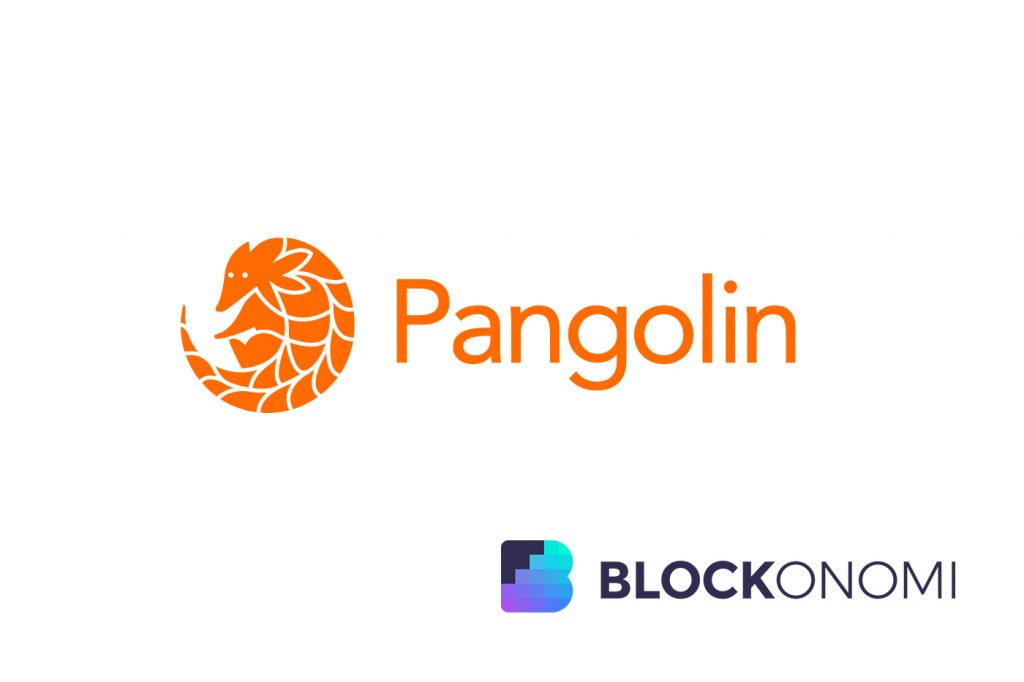When evaluating the performance of a cryptocurrency exchange, liquidity is always the most important thing to consider.
Over the last 2-3 years, an increasing number of platforms that function as automated market maker (AMM) have emerged. Pangolin is one of the most well-known and trusted platforms in this space.
DeFi can’t function without great DEXs. While the first generation of crypto trading happened on centralized exchanges (CEXs), the future is likely to be 100% decentralized.
What Is Pangolin?
Founded in early 2021, Pangolin is a decentralized exchange (DEX) built on the Avalanche Network using an AMM (Automated Market Making) model similar to Uniswap.
Ava Labs carried out the initial development of Avalanche, including the flagship DeFi app and Decentralized Exchange on the Avalanche Network.
Pangolin formed an independent team in May, aiming to empower community members by putting governance for decision-making in their hands.
Despite being a new project, Pangolin has obtained some notable achievements with 300M TVL, 5000+ daily users, and 30+ partnerships.
With Pangolin, users can interact with assets on Avalanche and Ethereum with instant speed and extremely low fees.
Notably, Pangolin has a 100% PNG token distribution model for the community, which means that the project development team will not hold any PNG tokens.
Avalanche has a network structure that empowers the launch of DeFi applications, financial assets, transactions, and other services.
One year since the mainet rollout, the project has left an impressive mark on the cryptocurrency community as it grows stronger, making Avalanche one of the most potential ecosystems in 2021.
Currently, AMM is the most popular model on Avalanche and it’s not difficult to figure out that Pangolin is one to drive most users to the ecosystem.
Pangolin describes itself as a community-driven project, focusing on three key targets:
Transactions are quick and cheap since Pangolin is built on top of Avalanche, allowing users to swap assets while keeping the final transaction value and transaction fees as low as a few cents.
Trades on Pangolin are typically as fast as transactions on centralized exchanges.
The development led by the community: PNG, the native governance token, encourages the community to drive the project’s development.
Token distribution is fair and open: All tokens are distributed directly to the community, with no allocations to the team, advisers, investors, or insiders.
Pangolin Core Features
DEXs have always been the face of every DeFi ecosystem because no matter how strong the ecosystem projects are, they can’t develop without a space for token trading.
The majority of AMM exchanges currently deploy on Ethereum. Gas fees on Ethereum are getting more and more expensive, especially as the network goes into congestion. Transaction fees are really too expensive.
Unlike other DEXs, Pangolin chose Avalanche to build and develop.
This way, with a different structure, as well as using different tokens, the major issue of high transaction fees has been solved.
Although Pangolin is built on the Avalanche platform, the exchange is still compatible with assets and tools on Ethereum.
Exchange
The exchange feature allows crypto holders to trade back and forth between AVAX, PNG, and the rest of the coins, you can use it to buy other coins like SUSHI, USDT, AAVE, and many more easily.
Analytics
Pangolin protocol analytics detail liquidity and volume in real-time. Users can also have an overview of top tokens and top pairs listed on the Pangolin platform.
Bridge
Avalanche is working on building an infrastructure to pull liquidity. There are currently some issues with projects on Avalanche being seamlessly connected to one another.
A large number of initiatives and research are being carried out by Pangolin in order to develop a model of connectivity between projects in the ecosystem.
PNG Token
The Pangolin ecosystem is powered by a PNG token – a 100% community-driven governance token. The vision of this governance token follows the project’s dedication to being built entirely for the benefit of its users. With PNG, Pangolin employs a fair launch model.
PNG holders can use their tokens to create liquidity in Pangolin pools and vote on proposals. Pangolin’s governance functions will go online three months after its initial release.
Tokens will be distributed solely through the listed liquidity mining pools. The liquidity mining phase will continue until the pools are modified or another community effort is adopted as a formal governance proposal.
Proposals might create and remove liquidity mining pools, or they could give PNGs directly to users or smart contracts like community coffers.
The community will also be able to enable Pangolin fee conversion. This fee converter can send 0.05% of all swap fees to a given address.
Swap fees will stay unchanged at 0.30%, but liquidity providers will only collect up to 0.25% of these fees. This gives the community the opportunity to earn extra money to support any significant community initiatives.
Tokenomics:
- Token Name: PNG Token
- Ticker: PNG
- Blockchain: Avalanche
- Token Standard: ARC20
- Token type: Governance, Utility
- Total Supply: 538,000,000 PNG
Token Distribution: Pangolin has the most simple token distribution – 95% of tokens are given to liquidity miners and 5% to airdrop recipients.
The community will receive 100% PNG tokens. No PNG tokens are distributed to the team, investors, advisors, or any kind of insiders.
As for 95% Liquidity Mining, liquidity provision starts off at the mainet launch, including:
- AVAX Pools
- AVAX/ETH
- AVAX/USDT
- AVAX/WBTC
- AVAX/PNG
- AVAX/LINK
- AVAX/DAI
- AVAX/UNI
- AVAX/SUSHI
- AVAX/AAVE
- AVAX/YFI
- PNG Pools
- PNG/ETH
- PNG/USDT
- PNG/WBTC
- PNG/LINK
- PNG/DAI
- PNG/UNI
- PNG/SUSHI
- PNG/AAVE
- PNG/YFI
Token Use Cases: As mentioned above, the role of PNG Token centers on governance. PNG holders can propose and vote on changes such as fee structure or new products.
In addition, tokens are used to provide liquidity for pools. Traders’ transaction fees are 0.30%, but liquidity providers will only receive up to 0.25% of these fees, while 0.05% is being proposed for PNG token holders.
The Pangolin team will be improving the governance system in order to give users more access to propose and vote on future changes they want as well as increase the projected growth.
Final Thoughts
Pangolin came amid the hypnotizing moment of the cryptocurrency wave and is on a mission to become the leading DEX in DeFi.
On the way to achieving its goal, Pangolin focuses on releasing new features to expand the ecosystem.
It plans on developing a series of key features that serve the long-term success purpose and growth of the Pangolin project, including CEX Listing, PNG Stake for Profitability, UX Redesign, PNG Reward Pairs, improved Governance, bridges with other projects.
In addition, crypto devotees and those who are interested in the cryptocurrency space can access the Pangolin Academy. It features abundant content and courses on DeFi, Partnerships, and community development.
On top of that, the team sticks to its vision and mission, strengthening the engagement from the community and building a strong core team to deliver key features.
Pangolin is resolving major issues that other AMMs encounter. In addition to great trading, the platform offers connections that can help people who own tokens on multiple blockchains.
Users will be able to experience the same speed as a centralized exchange with Pangolin, without having to compromise access to their existing asset portfolio or pass control over to internal team members.
To learn more about Pangolin, just click here to visit its website. You can also read more at Substack, or keep up with the platform on Twitter!
The post Pangolin: A Decentralized Exchange for Avalanche & Ethereum appeared first on Blockonomi.


















